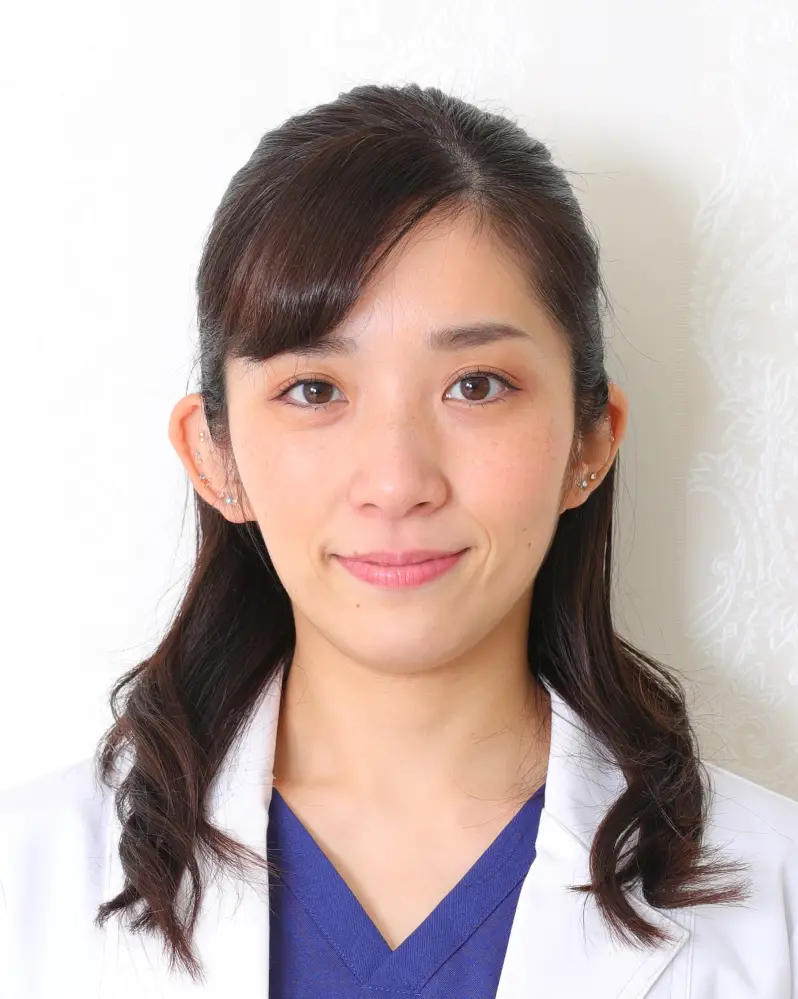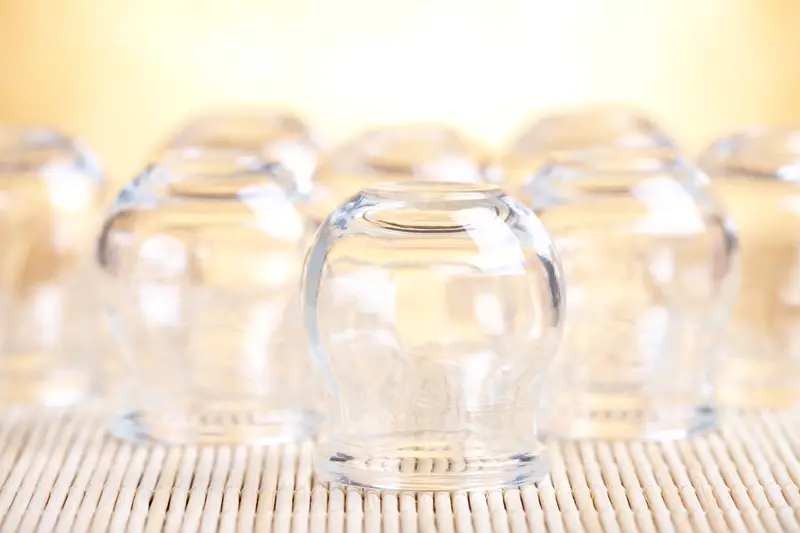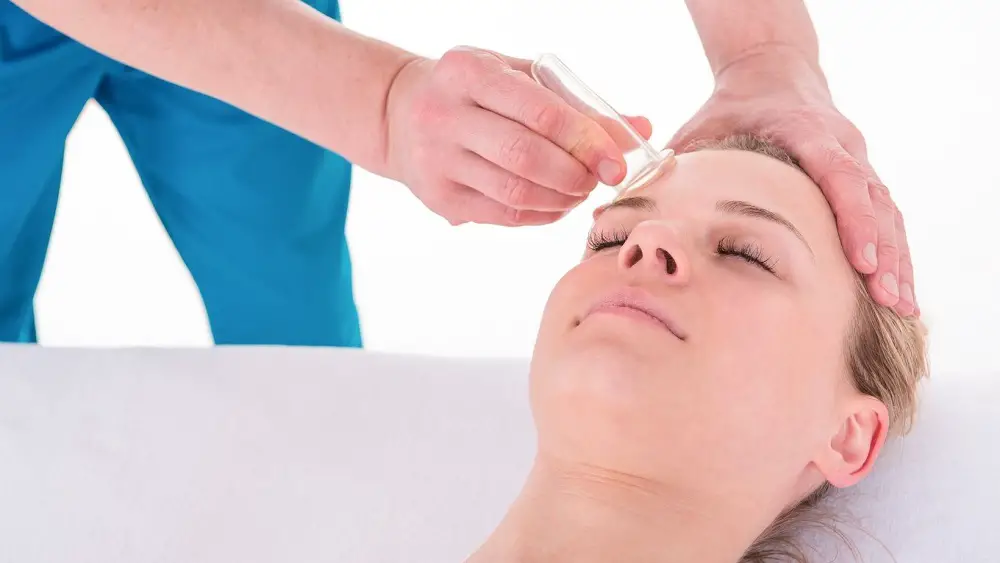Acupressure Points to Boost Immunity Before the Winter Flu Season Hits
As winter approaches, it’s essential to take extra measures to strengthen our immune system to ward off seasonal illnesses like the flu. One effective and natural method to support overall health is through stimulating acupressure points for immune boost. Acupressure, a Traditional Chinese Medicine (TCM) practice, involves applying pressure to specific points on the body to promote healing and balance energy flow. By stimulating these points, you can enhance your body’s natural defenses, making it more resilient to common winter ailments. We consulted Ms. Mai Sogawa, a TCM Therapist from Japan, to identify ten key acupressure points that can be massaged daily to help boost immunity during the colder months. Below, we delve into each of these points, explaining how to locate and stimulate them for maximum benefit.
ST36 (Zusanli)
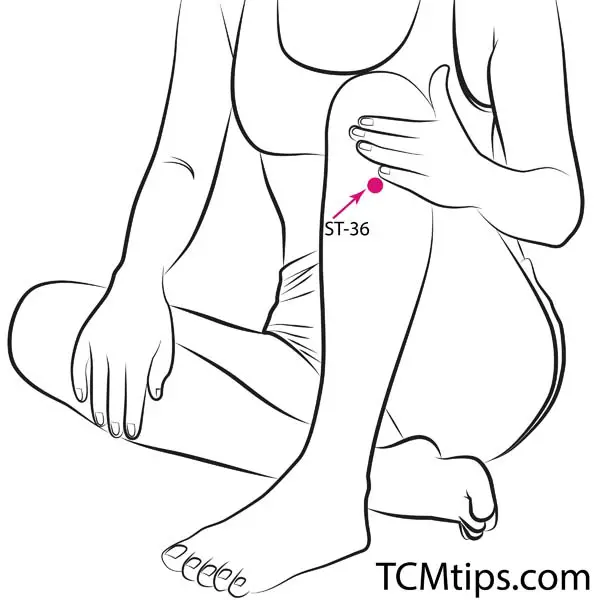
Location:
This point is located about four finger widths below the kneecap, on the outer side of the shin bone.
How It Helps:
ST36 is known as one of the most powerful points for overall health and immunity. Stimulating it helps boost energy, improves digestive function, and strengthens the body’s natural defenses.
How to Apply Pressure:
Use your thumb to press and knead ST36 for 2–3 minutes on each leg. Apply moderate pressure and massage in a circular motion.
LU1 (Zhongfu)
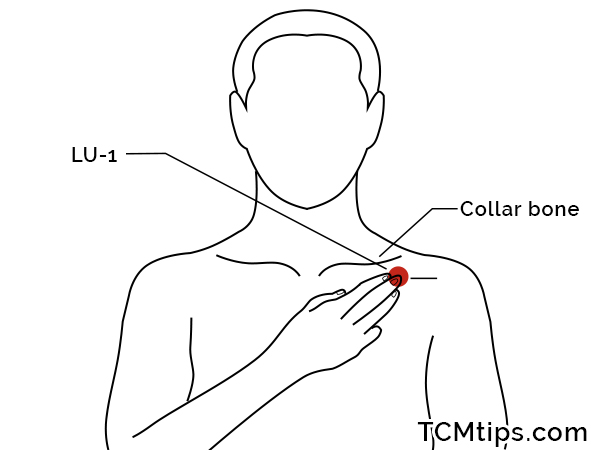
Location:
Find LU1 on the chest, slightly below the outer end of the collarbone, in the first intercostal space.
How It Helps:
LU1 is the front-mu point of the lung meridian and is highly effective for enhancing respiratory function, which is crucial during flu season. Activating this point can help clear lung congestion and prevent respiratory infections.
How to Apply Pressure:
Gently press on this point using your fingers and massage for about 1 minute on each side. Avoid applying too much pressure as this area can be sensitive.
Ren4 (Guanyuan)
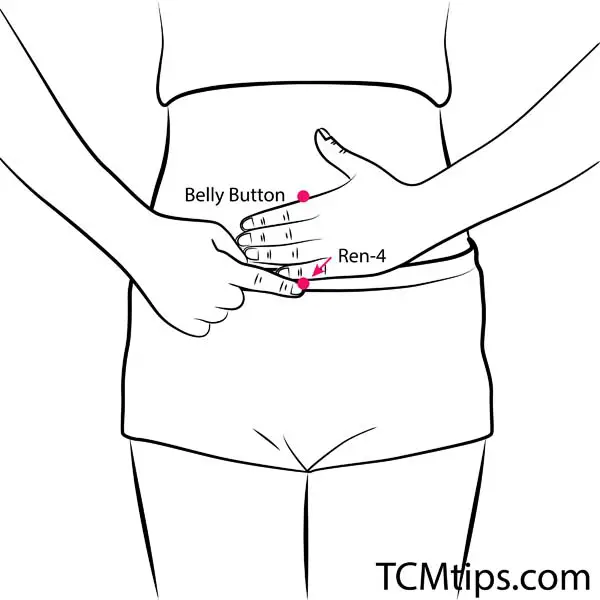
Location:
Ren4 is situated on the lower abdomen, about four finger widths below the navel.
How It Helps:
Ren4 is considered a rejuvenating point that supports the kidneys and reproductive organs, helping to nourish and build the body’s energy reserves. This makes it an excellent point for boosting overall vitality and immunity.
How to Apply Pressure:
Use your fingers to apply gentle to moderate pressure on Ren4, massaging in a clockwise motion for 2–3 minutes.
Liv3 (Taichong)
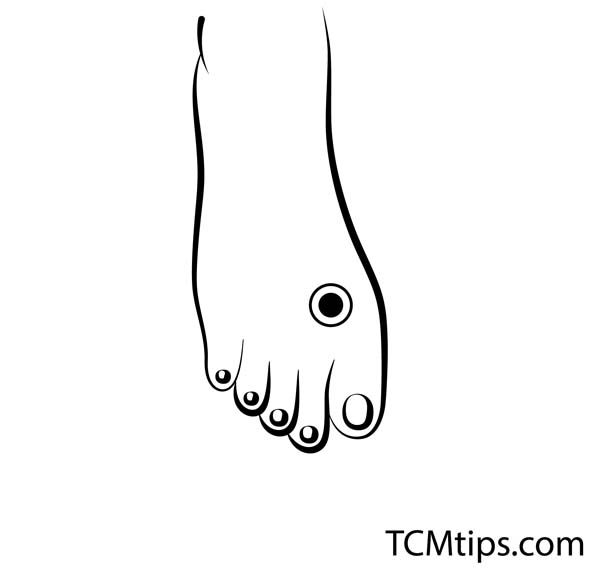
Location:
Liv3 is found on the top of the foot, in the depression between the first and second toes.
How It Helps:
This acupoint is associated with the liver meridian and is known for its ability to balance emotions, alleviate stress, and improve blood circulation. Since stress can weaken immunity, massaging this point is especially helpful during winter months.
How to Apply Pressure:
Press and hold Liv3 with your thumb for 1–2 minutes on each foot. Apply firm pressure, but not to the point of pain.
KI3 (Taixi)
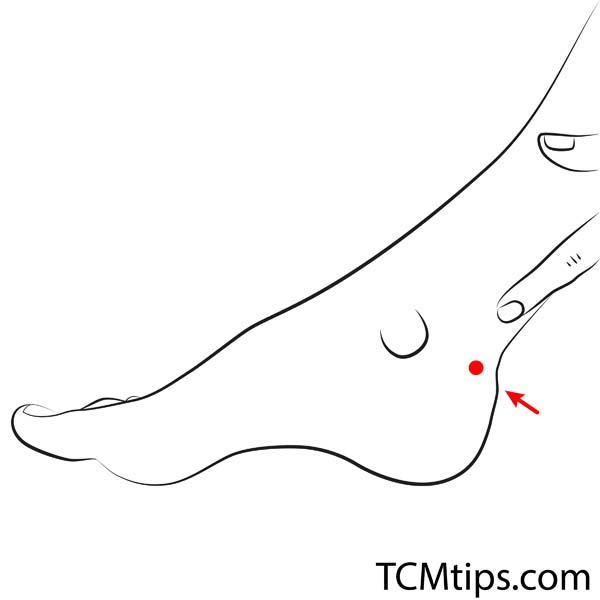
Location:
KI3 is located on the inner side of the ankle, in the depression between the ankle bone and the Achilles tendon.
How It Helps:
Stimulating KI3 supports kidney function, which is linked to the body’s ability to store and conserve energy. It’s also beneficial for improving respiratory health and overall vitality.
How to Apply Pressure:
Use your thumb to press into KI3, holding the pressure for 1 minute on each side. You can also massage in a circular motion.
LI4 (Hegu)
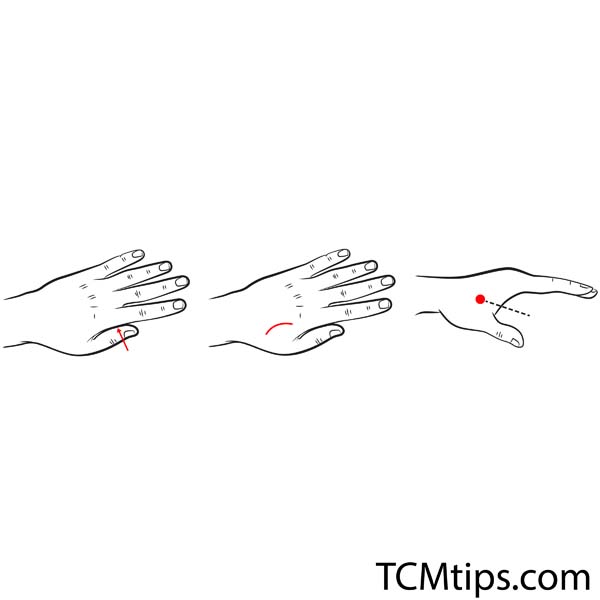
Location:
This point is found on the hand, in the webbing between the thumb and index finger.
How It Helps:
LI4 is a well-known point for boosting immunity and reducing symptoms of the common cold. It helps regulate the defensive energy (wei qi) of the body, making it an essential point to stimulate regularly.
How to Apply Pressure:
Squeeze LI4 between your thumb and forefinger for 1–2 minutes on each hand. Firm, steady pressure works best here.
LU5 (Chize)
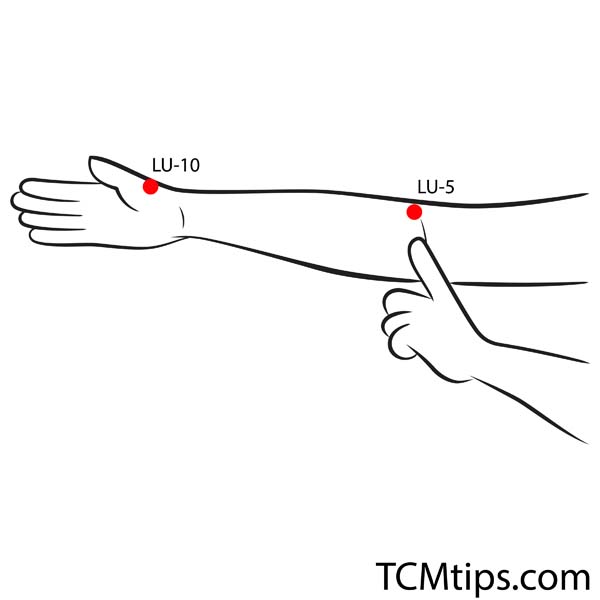
Location:
LU5 is located at the crease of the elbow, on the thumb side of the tendon.
How It Helps:
This point is ideal for clearing heat from the lungs and relieving coughs, making it particularly useful during flu season. It also helps improve lung function and immunity.
How to Apply Pressure:
Press and knead LU5 for 1–2 minutes on each arm. Avoid over-pressing if the area feels tender.
Ren12 (Zhongwan)
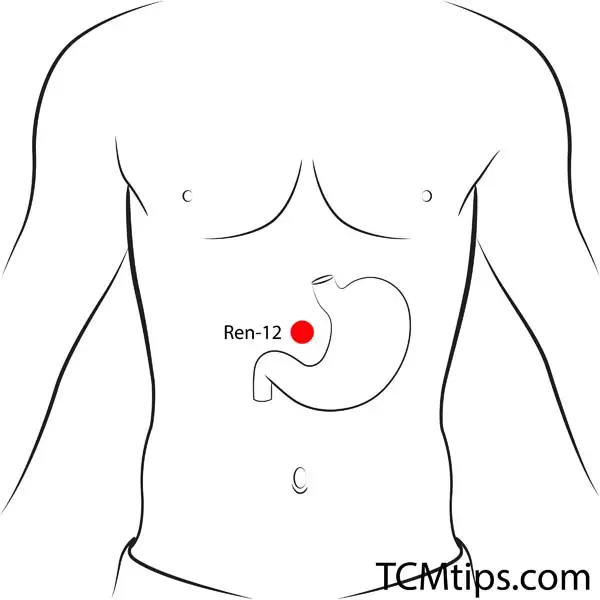
Location:
Ren12 is on the upper abdomen, about four finger widths above the navel.
How It Helps:
This point supports the stomach and spleen, aiding in digestion and the assimilation of nutrients. A healthy digestive system is crucial for maintaining a strong immune system.
How to Apply Pressure:
Gently press on Ren12 using your fingers, massaging in a clockwise motion for 2–3 minutes.
KI1 (Yongquan)
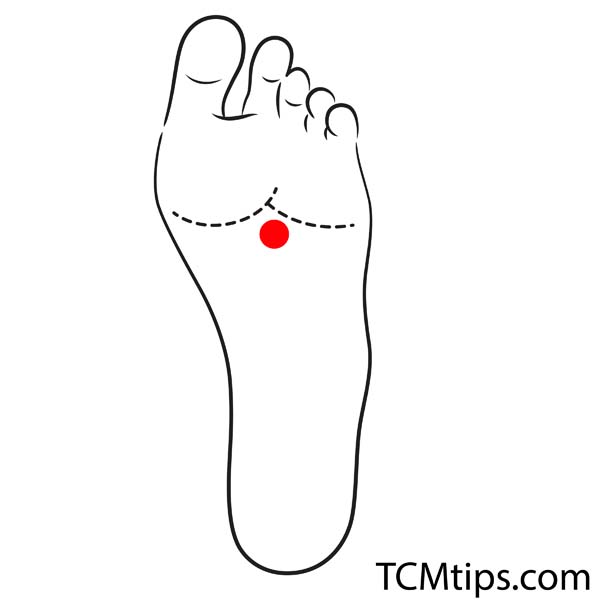
Location:
KI1 is on the sole of the foot, in the depression formed when the toes are curled.
How It Helps:
Stimulating KI1 can help calm the mind, relieve stress, and ground the body’s energy. It’s also effective for improving the function of the kidneys, which play a role in immunity.
How to Apply Pressure:
Press and knead this point for 1–2 minutes on each foot. Use your thumb to apply firm pressure.
GV14 (Dazhui)
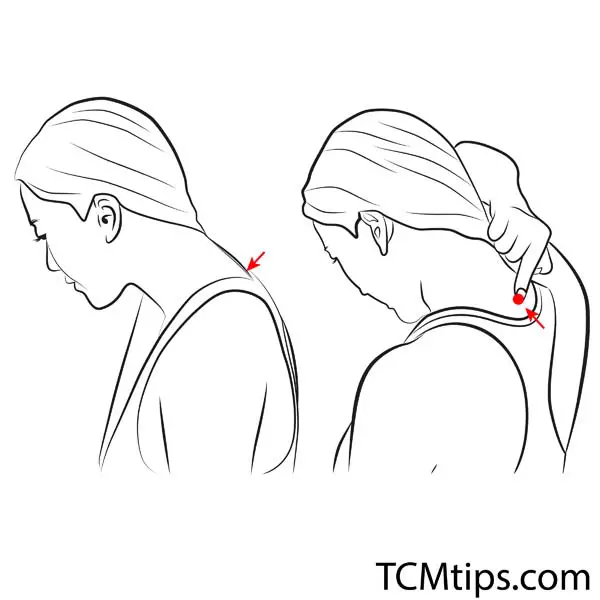
Location:
GV14 is located at the base of the neck, just below the seventh cervical vertebra.
How It Helps:
GV14 is considered a meeting point of all the yang meridians and is highly effective for expelling pathogens and boosting the immune system. It’s often used to relieve symptoms like chills, fever, and sore throat.
How to Apply Pressure:
Apply gentle pressure on GV14 using your fingers and massage in a circular motion for 1–2 minutes.
Tips for Using Acupressure to Boost Immunity
- Frequency: For best results, stimulate these points daily, especially during the winter months.
- Pressure: Use moderate pressure—enough to feel some sensation but not cause discomfort.
- Breathing: Take slow, deep breaths while performing acupressure to enhance relaxation and energy flow.
Incorporating these acupressure points into your daily routine can significantly strengthen your body’s defenses, making you better equipped to handle the winter flu season. By dedicating just a few minutes each day to acupressure, you can naturally boost your immunity and support overall health.

Try our Anti-Aging Gua Sha Tool designed to bring out your skin’s natural glow.
Best Gua Sha Product- Anti-Aging: The tool is designed to target 11 specific aging signs such as wrinkles and sagging skin. By following the 7-step routine, users can improve skin firmness and reduce fine lines naturally.
- Enhances Skincare Routine: It works effectively with serums and lotions, boosting absorption and efficacy of skincare products.
- Visible Skin Improvement: Users can expect a smoother complexion, reduced puffiness, and a more youthful appearance.
 P. Sze
P. Sze 
